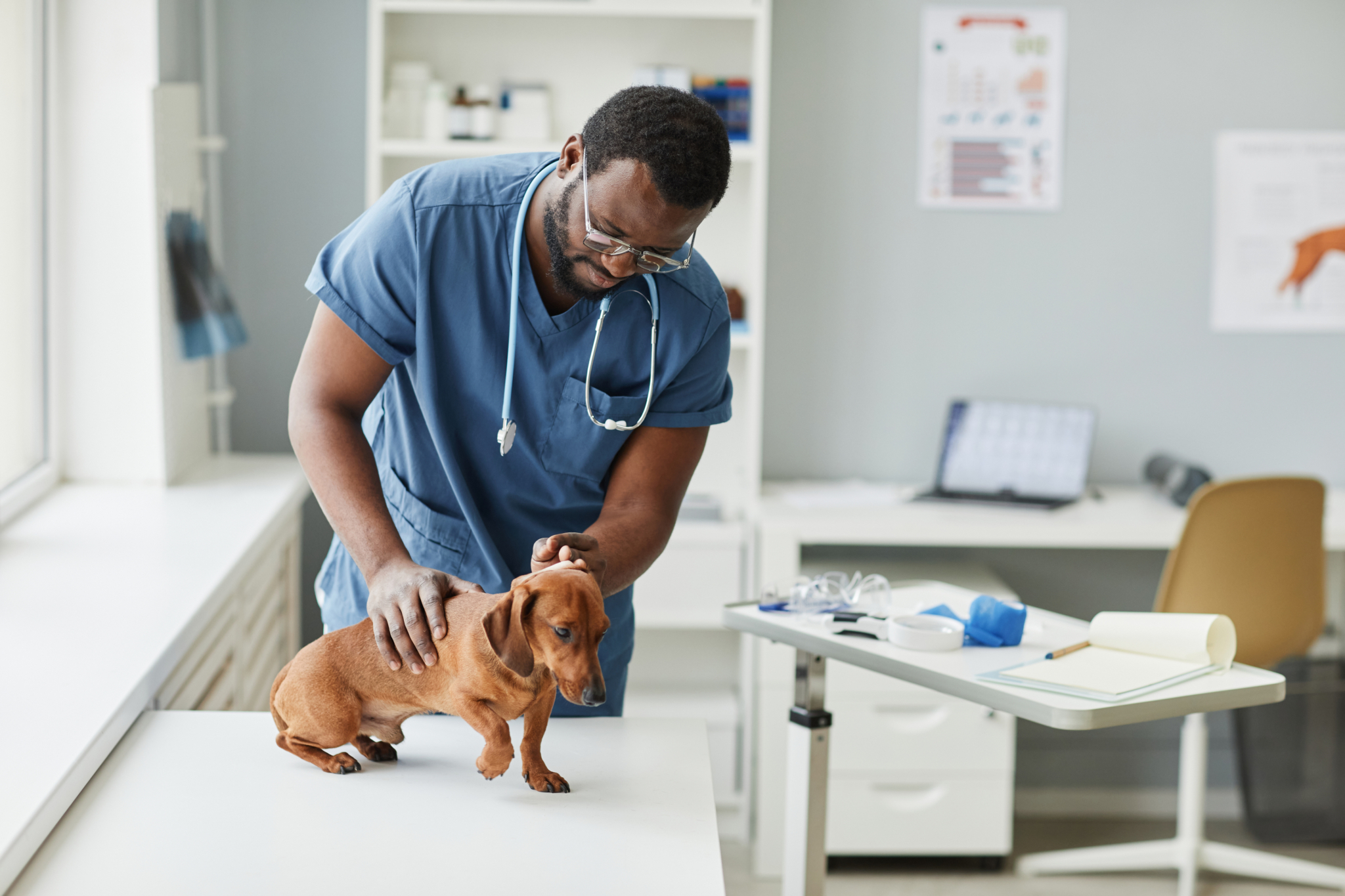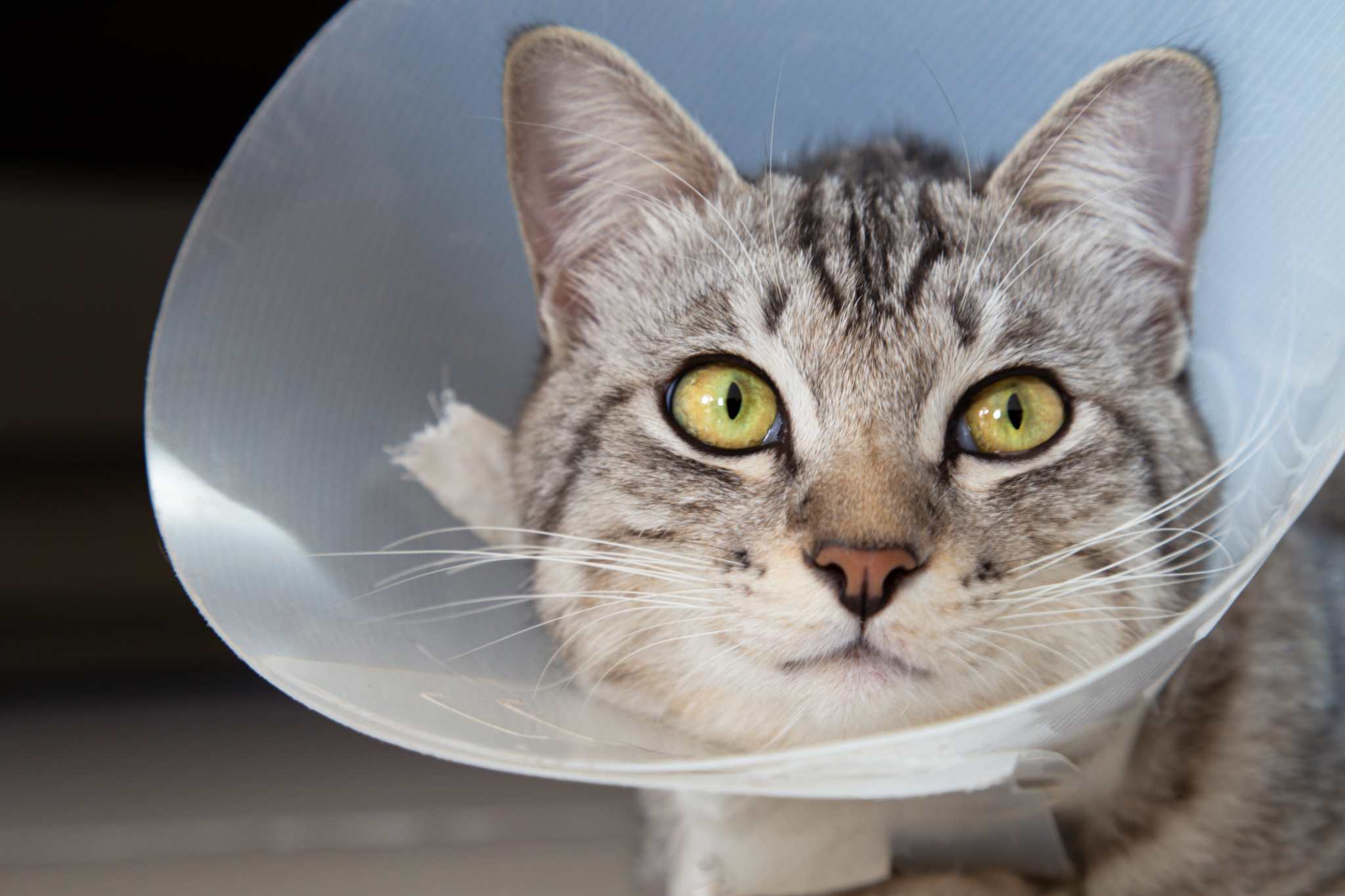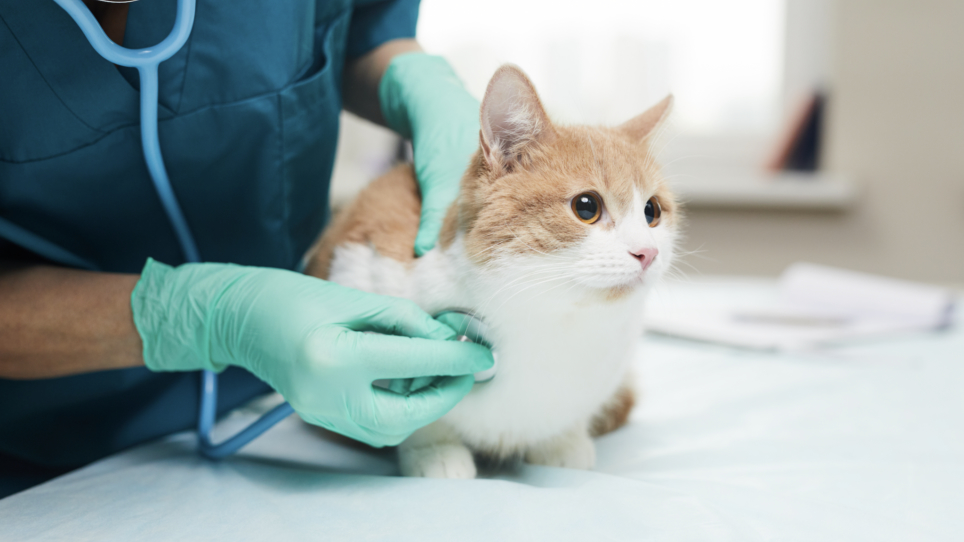We understand that often people feel fear around their pets needing to be desexed as it is a surgery, and surgeries for our fur babies can feel daunting.
We've made a guide for you so you can feel comfortable and understand what having your pet desexed entails and that it's a positive choice to make for your pet’s well-being.
How To Prepare
Firstly, you need to book your cat in for a desexing appointment at your local vet. Some vets offer a consultation first and will run you through everything you need to know, others will go through the details of the procedure on the day of surgery.
Depending on the age of your pet, your veterinarian may suggest pre-operative bloods are run to check for any abnormalities and to make sure your pet’s liver and kidneys are healthy enough to undergo a general anaesthesia. This is in the best interest of your pet’s health and ensures they'll be well cared for.
When it comes to the preparation you'll need to do with your pet, your vet will often advise that you need to fast your pet the night before their procedure but each vet clinic has their own fasting guidelines. For example, some will have them fast from dinner time the night before, whereas others could be from 10pm the night before. Pets can generally have access to their water until the morning of the surgery but again, your vet will advise you of their particular process. If your pet is on any medications please speak to your vet for advice on whether to give these on the morning of the surgery.

The Process
On arrival, your pet will be assessed by the surgery admission team. Each clinic’s procedure will vary for the next few steps.
A short time before they are due for surgery the vet will give your pet a pre-medication (pre-med) injection. This pre-med will depend on the specific needs of the individual but they are given to help reduce anxiety and pain, reduce secretions and reduce post-operative nausea and vomiting.
Your pet’s forelimb may also be clipped to place an IV catheter – this gives the vet direct access to administer the general anaesthetic medication into the vein and also access in case of emergencies.
Your pet will then receive an anaesthetic drug that makes them unconscious and unable to feel the procedure being carried out. For both genders, the surgery site is clipped of fur and cleaned with a scrub that makes the area sterile. Don’t worry – the fur will grow back!
Hygiene is important for the prevention of post-operative infection in your pet, so the vet surgeon will then scrub their hands, wear sterile gloves and utilise sterile equipment to perform the surgery. The surgery is carried out in a surgical theatre just like humans.
Whilst the procedure is happening, your pet will be continuously monitored to ensure their anaesthetic goes smoothly. At the end of the procedure additional pain relief will be given and a desexing tattoo will be put in your pets left ear if you have agreed to this.

Recovery
Once your pet's surgery is completed, a nurse will be by their side after the procedure to make sure they wake up without any trouble. They’ll be on hand to make sure your pet gets plenty of love and cuddles as they awaken so they can feel safe and comfortable.
In the few hours after the procedure, your pet may appear slightly sedated and tired. However, they usually recover very quickly and are back to their normal selves the next day.
Depending on the individual pet, your vet may dispense some pain relief for you to administer at home.
Once you get your pet home, the surgery site takes about 10 to 14 days to fully heal. During this time, it’s important to keep an eye on the site and to let your vet know if there is any redness, discharge or inflammation. You may also be provided with an e-collar to prevent your pet from licking the site.
It’s important you listen closely to the discharge discussion and follow all instructions given by the vet team member. They'll explain ways to keep your pet rested and advise to avoid activities such as bathing, swimming, jumping, running and long walks, as well as any other strenuous exercise during the healing process. You'll also be given directions on how to administer any medication that may be provided.

Find out more about desexing your pet by heading to our blog about the health benefits of desexing your pet.
Now you know what is involved in getting your pet desexed! Take the Pledge to desex your pet today and help raise awareness for responsible pet ownership.
